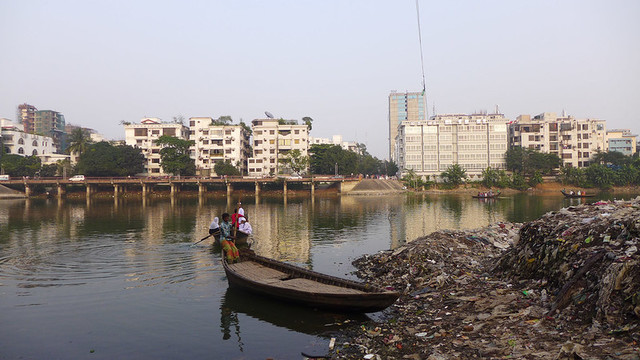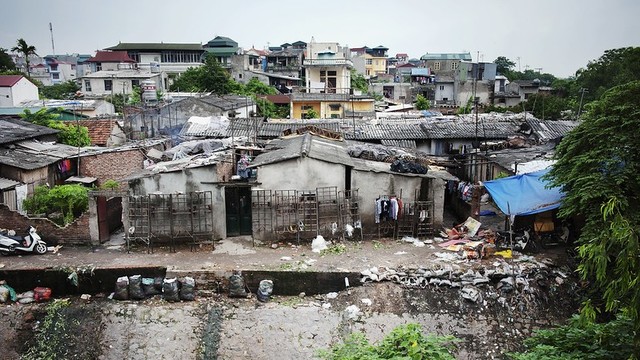Cyclone Roanu hits Bangladesh: a story of loss and damage avoided
Although Cyclone Roanu killed 30 people in Bangladesh last week, steps taken to reduce the country's risk from disasters saved many more lives.


Television footage of some of the devastation left by Cyclone Roanu, which left 30 people dead but could have killed many more by for disaster risk reduction measures (Photo: Google licence)
On the evening of 22 May, Cyclone Roanu hit the coast of Bangladesh. On last count, the cyclone had caused the deaths of around 30 people. Although the loss of 30 lives should be considered too many, the death toll in light of previous climatic disasters makes this a good news story, where successful disaster risk reduction measures have avoided loss and damage.
The coast of Bangladesh, and India and Myanmar on either side, is regularly hit by cyclones moving from the Indian Ocean northwards up the Bay of Bengal. The coastline is shaped like a funnel, directing the storms towards landfall.
In 1970 a cyclone hit the coast of Bangladesh, killing more than 300,000 people, and in 1991 over 100,000 lives were lost by a cyclone of similar strength.
Over the last decade the coast of Bangladesh has been struck by two cyclones of similar magnitude – Sidr and Aila. But on these occasions around 2,000 people were killed – most of whom were fishermen out at sea, unable to make it back to land in time.
This dramatic reduction in loss of human lives was due to an extensive disaster risk management programme including:
- Building cyclone shelters along the coast, most being multi-purpose buildings that could also be used as schools or community rooms
- Teaching children how to respond to cyclone warnings, including how and when to evacuate, and where to find shelter
- A large-scale early warning system implemented by the Bangladesh Red Cross and Red Crescent Societies, and
- Training NGO volunteers to deliver cyclone warnings.
 During Cyclone Sidr in 2007 and Cyclone Aila in 2009, more than two million people received warnings and thousands were evacuated to cyclone shelters.
During Cyclone Sidr in 2007 and Cyclone Aila in 2009, more than two million people received warnings and thousands were evacuated to cyclone shelters.
While there was still much damage to crops, houses and infrastructure, many lives were saved by taking these measures.
In contrast, when Cyclone Nargis hit the coast in neighbouring Myanmar in 2010, over 100,000 people died; even though weather warnings had shown the cyclone was on its way, the country was completely unprepared.
Human-induced climate change is not expected to dramatically increase the frequency of such cyclones, but as waters become warmer and sea surface temperatures rise, cyclones will almost certainly become more intense.
Despite the number of deaths following Cyclone Roanu, this is actually a success story where better disaster preparedness has avoided loss of human lives on a much greater scale.
Saleemul Huq (saleemulhuq@iied.org) is senior fellow in IIED's Climate Change Group.



